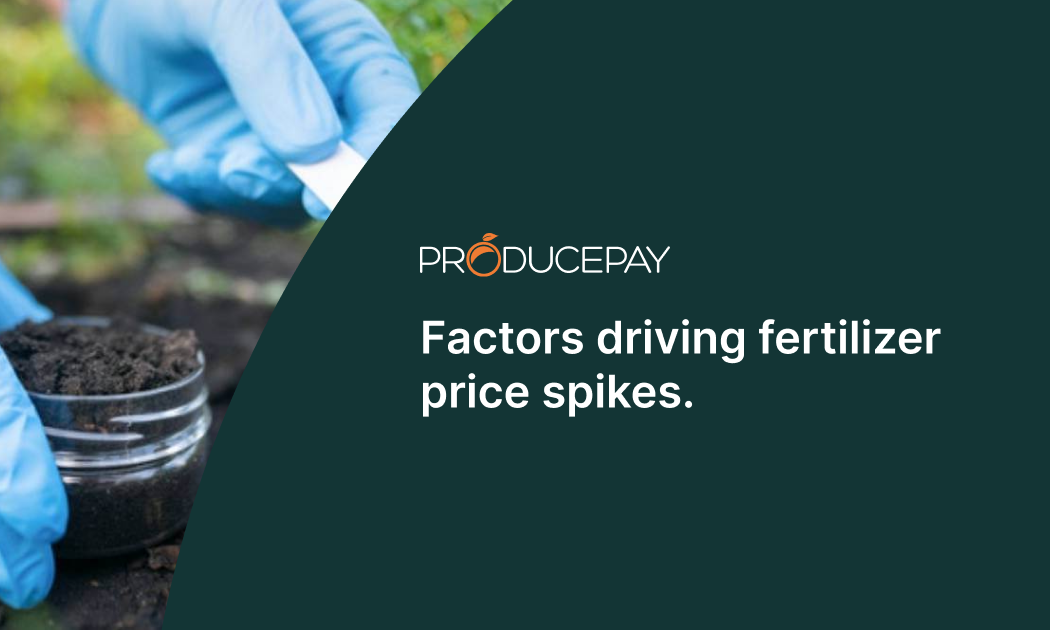
Factors driving fertilizer price spikes.
Fertilizer prices have steeply increased since 2020 due to market factors affecting both supply and demand.
The rising cost of raw materials needed to produce fertilizer, such as natural gas and oil, is one of the most significant drivers of price gains.
In addition, the growing global demand for food has increased the need for fertilizers, which pressures supply and contributes to higher prices.
Another factor contributing to fertilizer price increases is volatility in international markets. Weather patterns, global supply and demand, trade policy and currency fluctuations all influence fertilizer prices.
Fertilizer prices today
Fertilizer prices have increased considerably in recent years due to global supply chain disruptions. However, they are currently on a downward trend after reaching historic peaks in early 2022.
From 2020 onwards, agricultural fertilizer prices increased considerably due to global shortages, driven by rising maritime freight rates, the scarcity of containers due to the COVID-19 pandemic and the Russia-Ukraine conflict.
The problem was worsened by severe winters in Asia and Europe, which led to increased use of natural gas to heat homes and decreased the supply available to manufacture fertilizers.
In 2022, as natural gas prices rose, China banned exports to guarantee its domestic supply, thus increasing the cost.
However, despite these market pressures, prices have softened in 2023.
For example, the price of urea fertilizer reached $925 per metric ton in April 2022 but fell to $313 by April 2023.
This trend can also be seen in Diammonium phosphate (DAP), which cost $954 per ton a year ago but is down to $637 today, while potassium chloride reached $1,200 per ton and is now at $408.
Does inflation affect fertilizer prices?
In recent years we have experienced global crises that have led to a generalized increase in inflation. The Coronavirus pandemic and the war in Ukraine have resulted in supply chain constraints, which have increased prices for agricultural products across the board.
In addition to affecting the price of the inputs needed to produce fertilizer, inflation also affects freight and logistics costs, contributing to the increase in prices.
However, there is not necessarily a direct relationship, with inflation increasing fertilizer prices and vice versa. It is a complex complexion, with several other factors influencing price.
How to combat high fertilizer prices?
High fertilizer prices are a significant challenge for the agricultural sector because they affect farmers’ profitability and can limit food production. However, several strategies can help combat these high prices:
- Financing: With ProducePay’s Pre-Season Financing, farmers can afford to buy the fertilizer and resources they need to maximize the productivity and profitability of their crops.
- Technology: Technological advances, such as controlled-release fertilizers and precision farming, enable more efficient and precise application of nutrients, reducing the amount of fertilizer needed and lowering costs for farmers. In addition, these advances also contribute to sustainability and environmental protection by preventing nutrient leaching and over-application of fertilizers.
- Bulk purchases: Buying in bulk is an effective strategy to combat high fertilizer prices because farmers can negotiate better deals and obtain more competitive prices & favorable terms.
Sources: Banco Mundial, RFI
